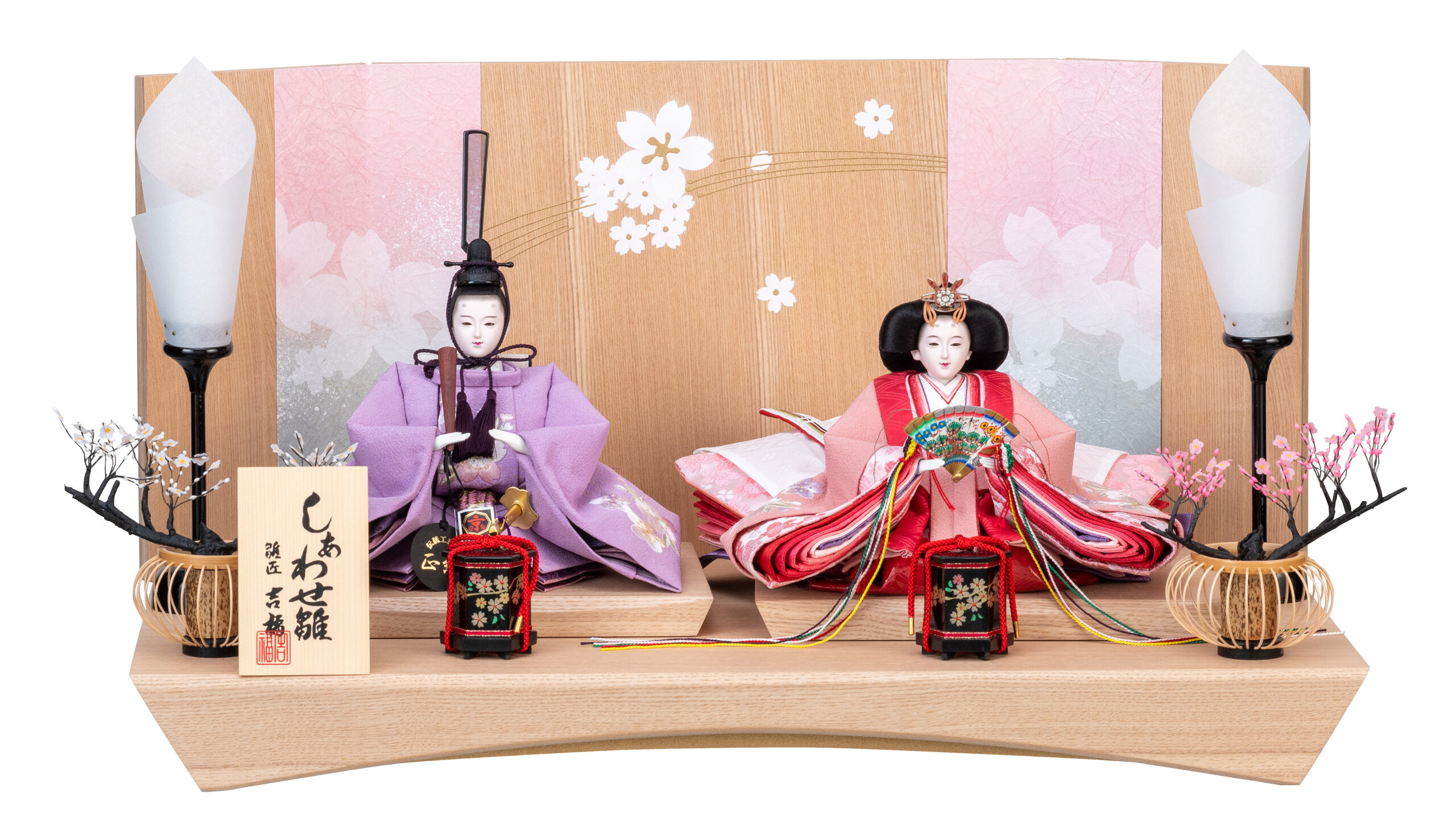What are Hina-ningyo?
“Hina-ningyo,” dolls that pray for the happiness of girls
 In Japan, “Hinamatsuri,” which occurs on March 3rd of every year, was originally known as “Joushi” or “Joumi no Sekku.” Although this means “the day of the Snake at the beginning of March,” it was later set to the 3rd of March in the modern times. In addition, this particular day is also known as the “Peach Festival” since the beginning of March coincides with peach season.
In Japan, “Hinamatsuri,” which occurs on March 3rd of every year, was originally known as “Joushi” or “Joumi no Sekku.” Although this means “the day of the Snake at the beginning of March,” it was later set to the 3rd of March in the modern times. In addition, this particular day is also known as the “Peach Festival” since the beginning of March coincides with peach season.
Hina-ningyo are often filled with parents’ wishes for their daughter to grow into healthy and kind woman. The doll serves as a representation of the child and of the warm prayers for her to grow up beautiful, marry well, and have a happy life.
“Hatsusekku,” a baby’s first festival
The first festival a baby girl celebrates (“Hinamatsuri,” held on March 3rd) is also known as “Hatsusekku” (lit. “first festival”). This is a tradition that has been passed down since the Edo period, and is held to celebrate and pray for the healthy growth of a new born baby.
Hina-ningyo Style
Hina-ningyo are adorned in garments often worn by both men and women at the court during the Heian period. In addition to carrying the meaning of “receiving bad luck in place of its owner,” the dolls are also associated with the hopes that the owner will lead a prosperous life just like the Emperor and the Empress. This is why the dolls are presented in a pair of a prince and a princess adorned in glamorous and extravagant attire. The costumes worn by the Emperor and Empress during the Reiwa era (present-day) at the time of ascension to the throne are also noble garments that have been handed down from generation to generation. These cute and extravagant dolls will surely bring a smile to any girl’s face.
Types of Hina-ningyo
The two most common types of Hina-ningyo are the “Ishogi-ningyo” (special costume) and the “Kimekomi-ningyo” (wooden) dolls, which differ in terms of the materials and methods used to make them.
Ishogi-ningyo
The bodies of Ishogi-ningyo are made of either wood or straw, and then the arms and legs are attached. The dolls are then dressed in gorgeous costumes, and finally, their heads are attached. This is the traditional method of making Japanese dolls, and if one is referring to a “Hina-ningyo,” they are often referring to “Ishogi-ningyo.”
Kimekomi-ningyo
Kimekomi-ningyo are dolls made by attaching cloth to a cut-out base made of hardened Paulownia tree powder.
The cloth is pressed into the grooves of fissures that have been dug into the base (thus called “ki me” for the eyes of the wood, and “komi,” which means “to press into”).
Many dolls have particular features when made using this method and come in a variety of different forms.
Yoshifuku’s Hina-ningyo
We would like to introduce the Hina-ningyo that are for sale and on display at our store.


